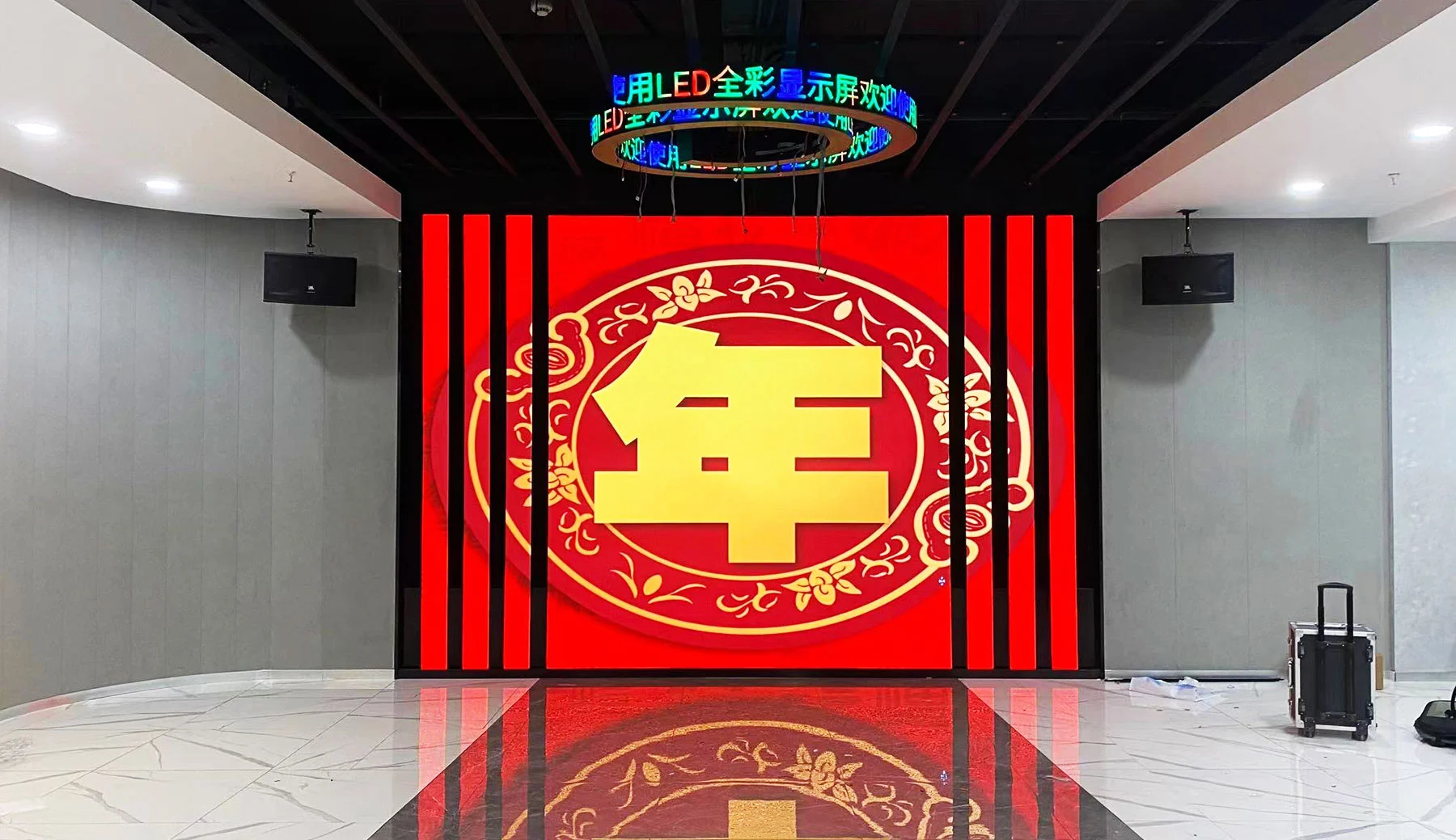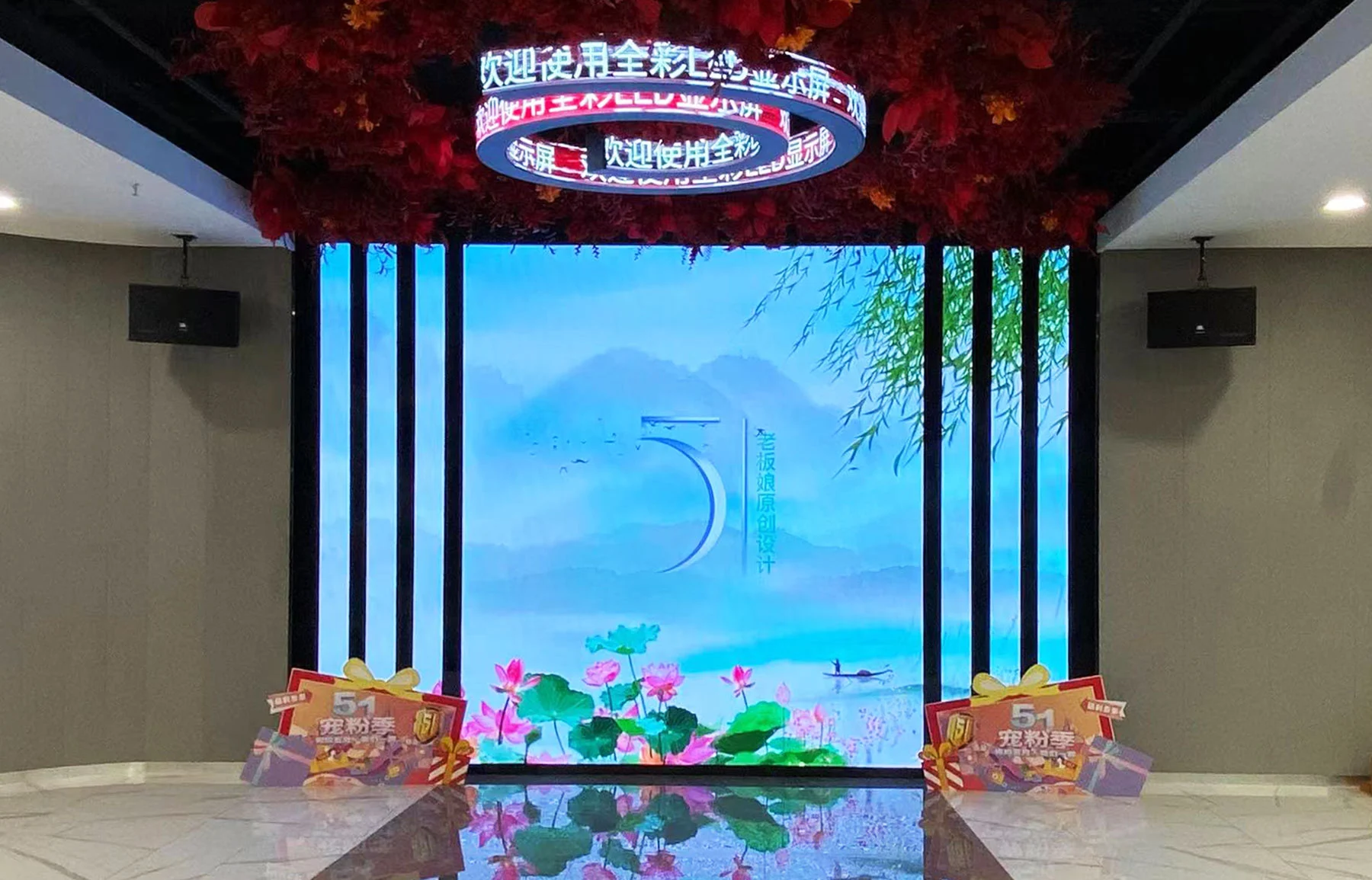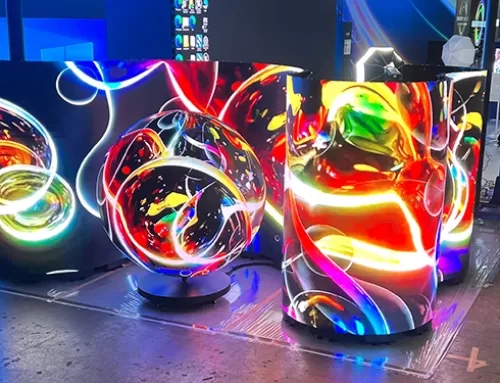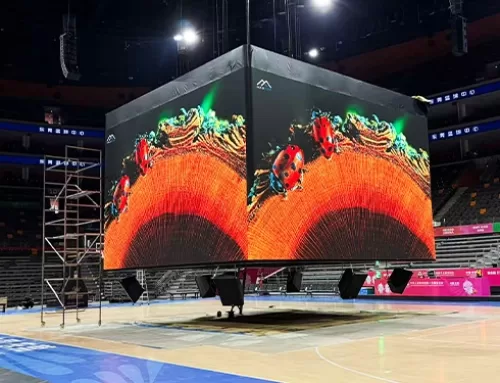In April, MAXTOPLED build the short studio LED Screens for the Andil.
Pixel pitch: P2
Size: 2.56m*2.88m+0.16m*2.88m*6

What are short studio LED screens?
In recent years, short studios have become a popular form of online entertainment. With the popularity of social media and smartphones, more and more people are trying to share their lives, showcase their talents, or provide other types of entertainment content in the short studio. The application of LED display screens in short studios is becoming more and more extensive, mainly in the following aspects:
- Improve the visual effect of the short studio: LED screens can improve the visual effect of the short studio through high-definition picture quality and bright color performance so that users can get a better viewing experience.
- Improve the expressiveness of the host: Using the short studio LED screen, a part of the display can be made into a large screen like a stage background, which can perform functions such as implanting advertisements, theme promotion, and live broadcasting. Through these large screens, the anchor’s performance can be made more vivid, increasing interactivity and vitality.
- Breaking geographical restrictions: The LED screen can also be transmitted through the network, and the screen or other content of the live broadcast room can be transmitted through the screen. This behavior can break geographical restrictions and allow more users to watch live content.
- Stronger interactivity: The LED screen itself can also be used as an interactive platform, setting up interactive information collection, precise barrage delivery, and using electronic files and face recognition technology to perform accurate user classification and corresponding interactive information feedback.
How to build a LED screen for your short live room?
If you want to build a short studio LED screen, you can follow the steps below:
- Determine the specifications and types of the LED screen. According to the size of the short studio and the content to be displayed, choose the appropriate size and type of LED display, such as indoor or outdoor use.
- Define the purpose and function of the LED display. According to your needs, fit the functions of the LED display to realize such as live broadcast, interactive communication, on-site lottery, and so on.
- Purchase LED display equipment. When choosing a device, you should pay attention to the resolution, pixel density, brightness, power consumption, and other parameters of the display screen to ensure that you choose a suitable display device.
- Design and install LED display auxiliary equipment. LED auxiliary equipment includes LED display, controller, audio, camera, LED player software, and other parts.
- Manage and debug LED display devices. During the use of the LED display, attention should be paid to the operation steps such as rotating display content and installing management software, so as to make the installation and management of the entire system more convenient.





Leave A Comment